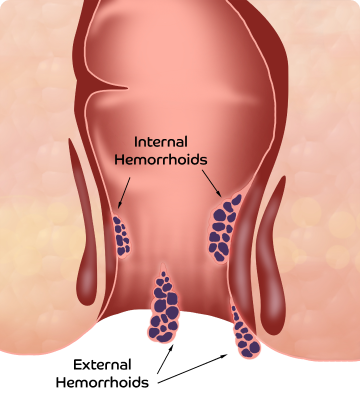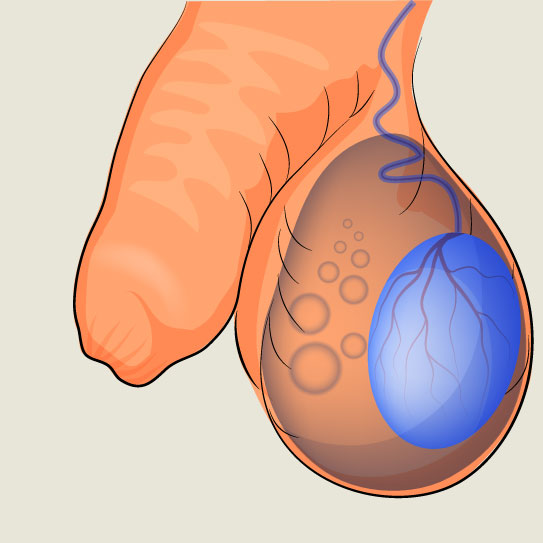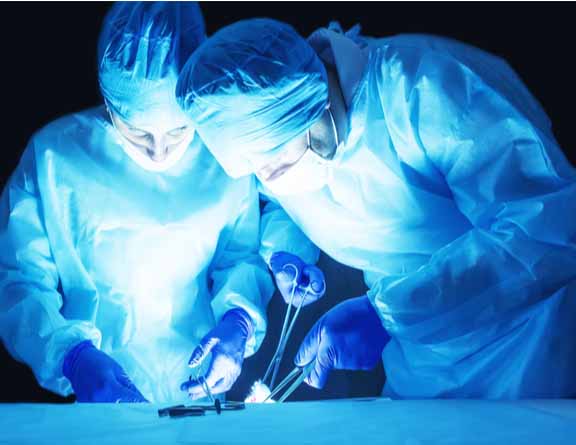Undergo Advanced Hydrocelectomy Procedure in Kozhikode At Pristyn Care
Pristyn Care in Kozhikode provides an effective solution to hydrocele through minimally invasive surgery. The doctors at Pristyn Care in Kozhikode use USFDA approved hydrocelectomy procedures that help patients in quick recovery and have fewer chances of infections. Hydrocelectromy is a surgical procedure where hydrocele is completely drained by making a small incision. It is a safe procedure that is performed under the effect of anesthesia. The patient is usually discharged within 24 hours of the surgery from Pristyn Care hospitals in Kozhikode. Pristyn Care hospitals in Kozhikode are well equipped with state-of-the-art medical instruments that make hydrocele surgery extremely smooth.
When to See a Urologist For Hydrocele Treatment in Kozhikode?
Hydrocele condition would not bother in some cases, but in other cases, it can be discomforting. One should consult the best urologist in Kozhikode to get a thorough diagnosis to identify the complexity of hydrocele. If you are suffering from any of the following hydrocele symptoms or signs, get in touch with Pristyn Care, Kozhikode, for advanced treatment:
- A lump like formation in the scrotum
- Swelling in the scrotum (which is generally not painful and may disappear almost when lying down)
- Feel of heaviness in the scrotum, which feels more typically in the morning
Benefits of Advanced Hydrocelectomy in Kozhikode At Pristyn Care
- 45 minutes procedure
- No hospital stay needed
- Same-day discharge
- Faster recovery
- More effective and simpler compared to traditional surgery for hydrocele
- Minimal blood loss and postoperative discomfort
- No downtime from regular activities
- Minimal risks, complications, or side effects
- Complete assistance for medical insurance approval
- COVID safe clinics and hospitals
- Free transportation on the day of the surgery
- Free follow-up consultation
Book an Appointment for Hydrocele Treatment with the Best Urologist in Kozhikode
If you are looking for an instant and the most advanced treatment option for hydrocele you can contact Pristyn Care for the best treatment in Kozhikode. Book an appointment now with Pristyn Care surgeons in Kozhikode to undergo a minimally invasive hydrocelectomy in Kozhikode. Our medical coordinators are just a call away from helping you to get the permanent and instant solution for the troubling problem of hydrocele. You can also consult our expert doctors and surgeons from the comfort of your home via online video consultation.
List of Hydrocele Doctors in Kozhikode
| 1 | Dr. Antony Chacko | 5.0 | 22 + Years | NH Bypass Jn, nr Thondayad, Kozhikode | Book Appointment |










.svg)









